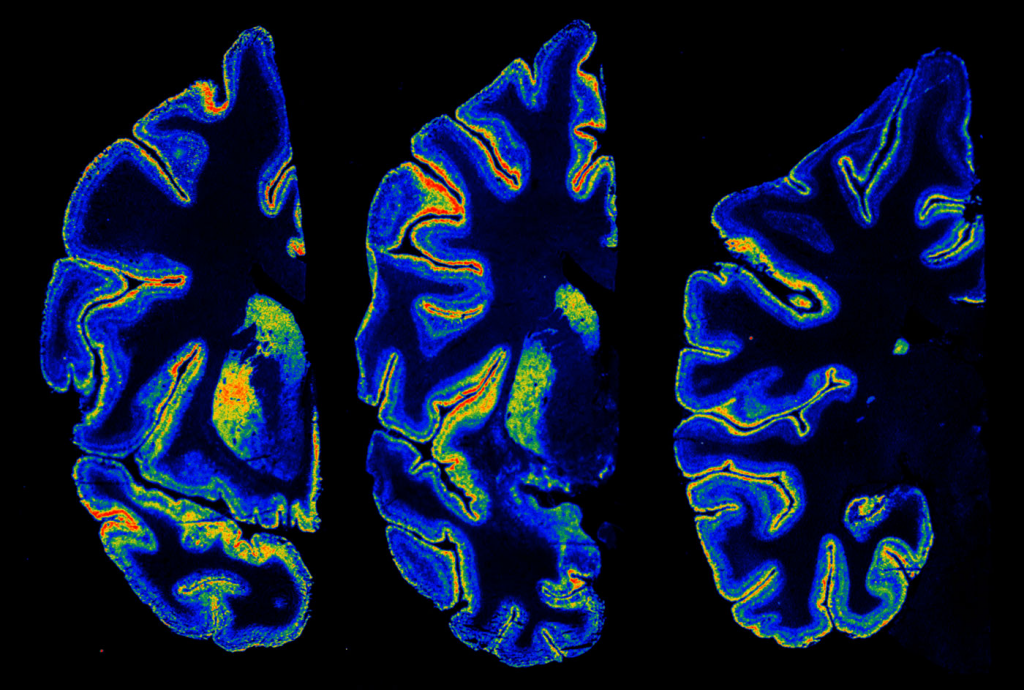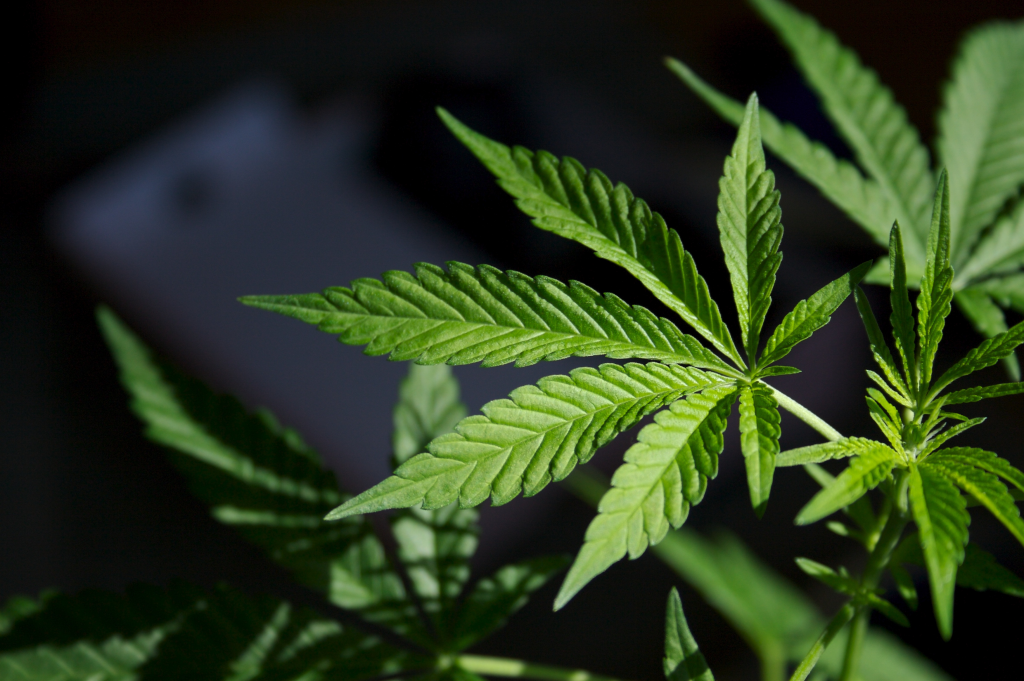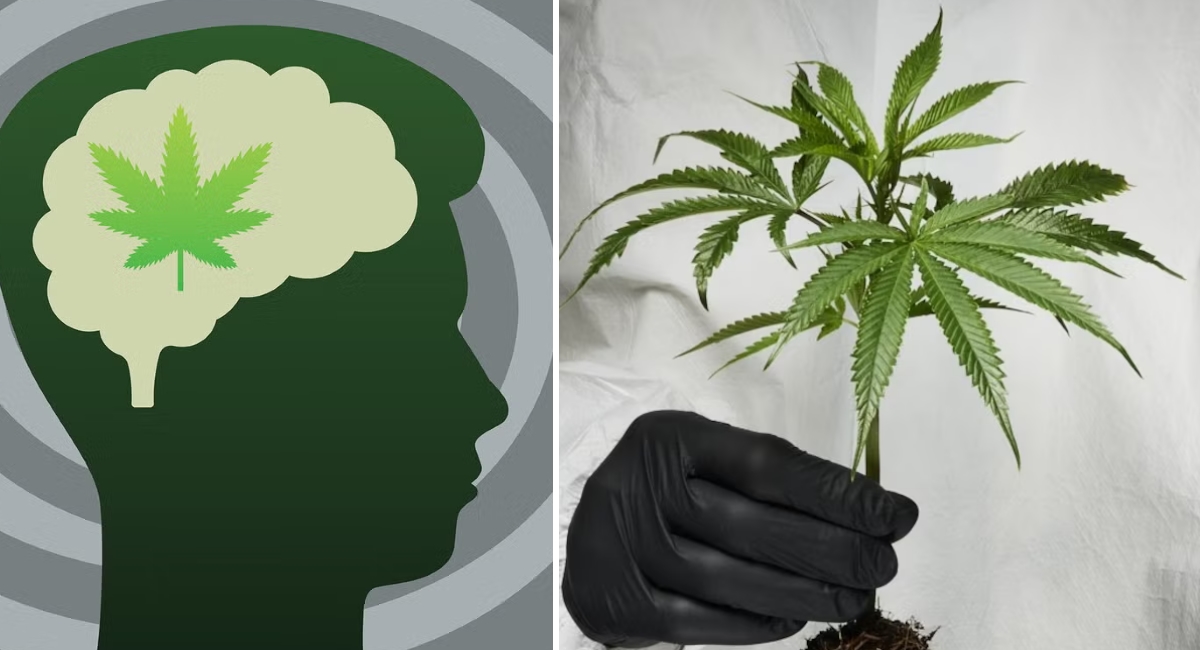Scientists are sounding the alarm over an unprecedented surge in the strength of cannabis, warning that today’s marijuana products bear little resemblance to the milder strains of past decades — and may be driving a silent public health crisis. A new, multi-year study has revealed that average THC concentrations — the chemical responsible for cannabis’s psychoactive effects — have more than tripled in the past 25 years, leaving users exposed to far higher risks of addiction, mental illness, and long-term cognitive impairment.
The research, published by an international team of epidemiologists and public health experts in The Lancet Psychiatry, analyzed samples from legal dispensaries, street markets, and medical marijuana providers in 15 countries, including the United States, Canada, the Netherlands, and Australia. They found that in the mid-1990s, average THC content hovered around 4%, whereas many modern strains now exceed 15% — with some highly concentrated extracts and “shatter” products testing above an astonishing 90% THC.

“The cannabis that’s out there today is a completely different drug than it was 20 years ago,” said Dr. Marta Hernández, a lead researcher on the study, in an interview with BBC News. “We are dealing with levels of potency that the human brain simply isn’t adapted to handle. The risks for psychosis, dependency, and long-term brain changes are now much greater.”
📢 Scientists say average THC in cannabis has tripled since the 1990s — now warning of higher addiction and psychosis risks. #CannabisHealth— Global Health Watch (@GlobalHealthW) August 13, 2025
One of the study’s most alarming findings is the steep rise in emergency room admissions related to cannabis-induced psychosis — a condition in which heavy use triggers hallucinations, paranoia, and disorganized thinking. In states like Colorado, where recreational marijuana has been legal since 2014, ER visits linked to cannabis have increased nearly 300%, according to data from the Colorado Department of Public Health. Doctors there say they’re now treating patients with far more severe symptoms than in the past, including violent outbursts and prolonged psychotic episodes.
“These are not the mellow, giggling stoner cases people might imagine,” said Dr. Alan Reiner, an emergency physician in Denver, speaking to NPR. “We’re talking about young people coming in with extreme paranoia, aggression, or catatonia after using high-potency cannabis. It’s frightening — and it’s happening more often.”
The growing potency is largely the result of selective breeding and modern cultivation techniques that maximize THC content while reducing cannabidiol (CBD), the non-psychoactive compound that can counterbalance some of THC’s effects. In traditional cannabis plants, CBD levels were roughly equal to THC levels. Today, many commercial strains contain negligible CBD, removing a natural protective buffer against anxiety, psychosis, and memory impairment. Researchers told Nature that this shift may be fundamentally changing how cannabis interacts with the human brain.

🚨 THC levels are rising — and CBD levels are plummeting — in today’s cannabis. Scientists say this could make marijuana more addictive and dangerous than ever. #CannabisResearch— Science Update Daily (@ScienceUpDaily) August 13, 2025
In the United States, where cannabis legalization continues to expand, public perception of marijuana’s risks has been steadily declining. Surveys from the Pew Research Center show that a majority of Americans now view cannabis as safer than alcohol or tobacco, despite mounting scientific evidence that ultra-potent products carry their own serious dangers. Experts fear that this disconnect could lead to a new wave of dependency, particularly among teenagers and young adults whose brains are still developing.
“We’re in a situation similar to the early days of vaping,” warned Dr. Hernández. “A product that’s marketed as relatively harmless is being consumed in forms and doses that have never been tested over the long term — and we’re starting to see the consequences.”
Some of those consequences are playing out in psychiatric wards. In a recent case described by a California psychiatrist to The Los Angeles Times, a 19-year-old college student with no prior mental health history developed a severe psychotic break after several months of daily use of high-potency cannabis concentrates. He required weeks of inpatient treatment and remains on antipsychotic medication more than a year later.
Critics of the industry argue that state regulations have failed to keep pace with scientific warnings. In most U.S. states with legal cannabis, there are no potency caps for flower, concentrates, or edibles, meaning consumers can purchase products far stronger than those available even a decade ago. “It’s like selling liquor without telling people that it’s 180 proof,” said Dr. Reiner. “We need better labeling, public education, and — frankly — limits on how potent these products can be.”
“Cannabis isn’t what it used to be. Today’s products can have up to 20x more THC than in the past.” — Dr. Marta Hernández, lead researcher on new potency study. 🌿⚠️— Health Science Daily (@HealthSciDaily) August 13, 2025
Beyond mental health, scientists are also examining potential links between high-potency cannabis and long-term physical effects, including cardiovascular problems and lung injury from vaping THC oils. The Centers for Disease Control and Prevention has documented dozens of cases of severe respiratory illness tied to contaminated vape cartridges, some of which contained dangerously high THC concentrations. Researchers stress that inhaling super-concentrated vapor may expose users to toxic byproducts not present in traditional smoking.
The study’s authors are now calling for a coordinated public health response, including investment in prevention programs and the introduction of potency-based taxation — a policy already being considered in countries like Canada. Under such a system, products with higher THC levels would be taxed more heavily, creating a financial incentive for producers to offer lower-potency options.
Meanwhile, cannabis industry representatives have pushed back against the warnings, arguing that consumers should have the freedom to choose stronger products if they wish. Trade groups insist that most users consume responsibly and that problems arise primarily among heavy, daily users. Still, internal data leaked to Reuters earlier this year suggested that the top 20% of cannabis users account for the vast majority of industry sales — a pattern that mirrors the alcohol market and raises ethical questions about profit motives.
Parents and educators are also being urged to step up prevention efforts, as adolescent exposure to high-potency cannabis is linked to increased risk of lifelong dependency. In Washington state, school districts have partnered with the Partnership to End Addiction to launch new campaigns warning teens about the dangers of modern marijuana. These initiatives highlight not only the mental health risks but also the potential for cannabis to impair academic performance, memory, and motivation.
“Kids today aren’t smoking the same weed their parents did,” said Jessica Lane, a prevention specialist working with high schools in Seattle. “It’s stronger, it’s more addictive, and it’s being marketed in ways that appeal directly to them — through candy-like edibles, flavored vapes, and flashy packaging.”
Lawmakers in several states have begun drafting legislation that would impose potency caps or require more prominent THC labeling. But experts say change may be slow, given the rapid growth of the legal cannabis industry and its significant political influence. In 2024 alone, cannabis companies spent more than $50 million on lobbying efforts across the U.S., according to OpenSecrets.
For now, scientists emphasize that public education is the most immediate tool available. Dr. Hernández and her team are urging health agencies to adopt clear, straightforward messaging about the risks of high-potency cannabis — much like the campaigns that helped reduce cigarette smoking rates. “We need to break the myth that cannabis is harmless simply because it’s natural,” she said. “Nature makes plenty of harmful substances.”
The study concludes with a stark warning: if current trends continue, the average potency of cannabis products could double again within the next decade, creating an entirely new landscape of risk. Whether policymakers, industry leaders, and the public can come together to address those dangers remains to be seen. For now, the message from the scientific community is clear — the cannabis of 2025 is not the cannabis of the 1990s, and ignoring that fact could come at a high cost.





